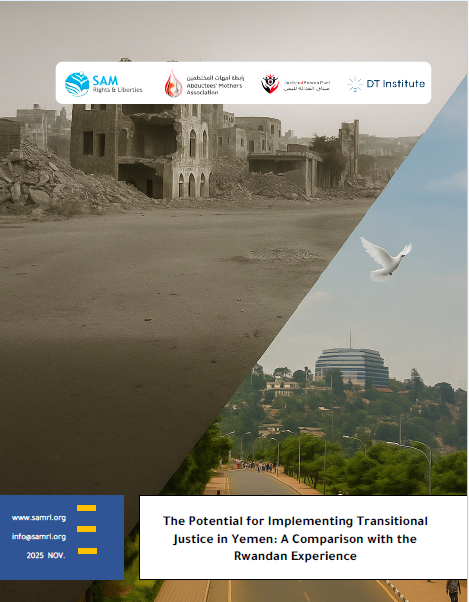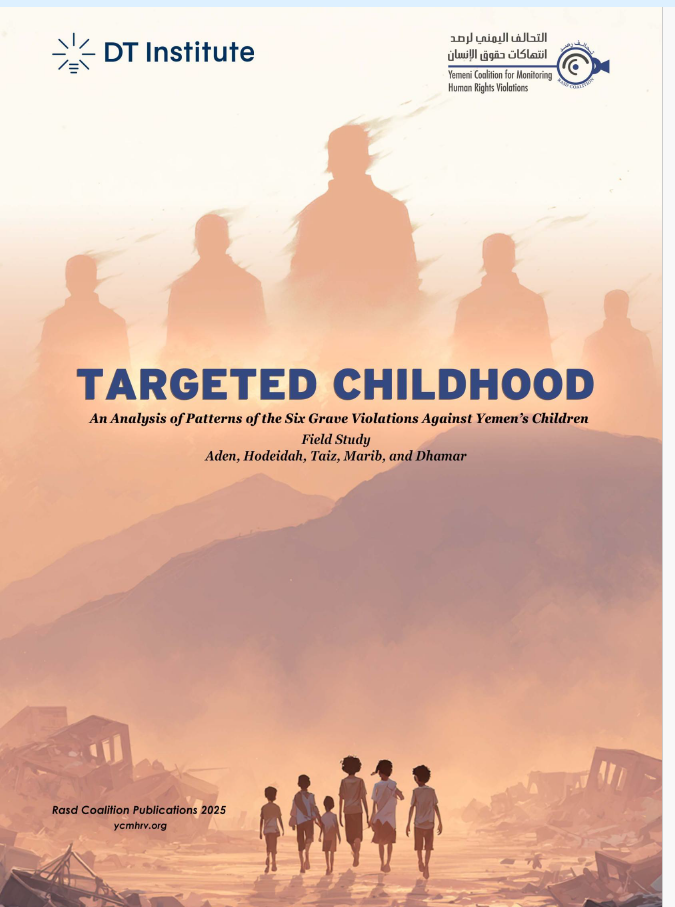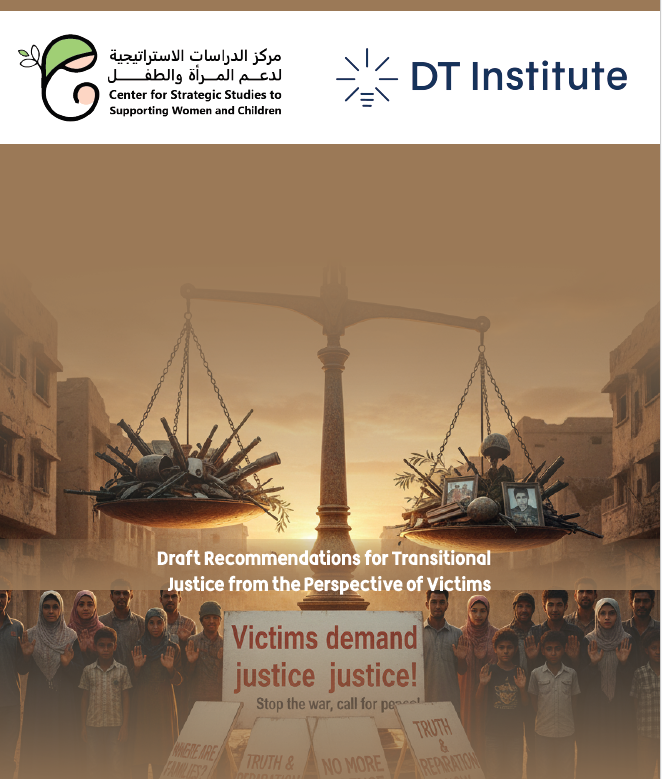In a city scarred by years of war and siege, silence once swallowed the voices of victims. The Memory Museum in Taiz emerged to break that silence, giving pain a language beyond words: the language of art. Implemented by SAM Organization for Rights and Liberties in partnership with the Abductees’ Mothers Association, DT Institute, and in collaboration with the Office of Culture and the Office of Siege Affairs, the Museum documents the human cost of war while transforming suffering into visual testimony.
Through paintings, workshops, and immersive exhibitions, the Memory Museum preserves collective memory and advances transitional justice, offering victims — not only children and women but the community at large — a space to express, reflect, and heal. The museum turns personal trauma into symbols of resilience, connecting past tragedies with the pursuit of justice and reconciliation.
Hadeel Mahmoud: From Pain to Hope
In 2017, a shell fell near Al-Kadha, a neighborhood in Taiz, resulting in the permanent disability of Hadeel Mahmoud, a young who lost her hands and a portion of her arms. Her story, once fragmented and agonizing, now finds voice in a corner of the Memory Museum. There, a painting captures the moment: a barefoot child with terrified eyes reaching for the hands she lost amidst dust and smoke.
Standing before the artwork, Hadeel revisits her past self — not with fear, but with recognition. “I thought I had lost everything… but I taught myself to draw with my feet, and through art, I was restored to myself.” she whispers. The painting, once a mirror of pain, has become a testament to resilience.
Today, Hadeel actively participates in museum events, sharing her story with visitors and leading art workshops for children affected by war. She has transformed from a victim into a symbol of determination and inspiration, illustrating that wounds can become windows of light and that justice can flourish not only in courts but also in hearts that learn to see suffering and give it meaning.
A Small Painting, A Big Connection
In another corner, child artist, Silu Al-Ariqi, painted a small child clutching a worn doll amid rubble — a simple image, initially overlooked by visitors. That changed when a young boy by the name of Islam Kamal Al-Sharabi approached the painting, pointing at the painted child and saying: “Mit’hab…” (I want to be his friend).
In that moment, the painting became an emotional bridge between two children separated by hardship but connected by hope. Visitors, who had previously ignored the piece, gathered around, witnessing the profound human connection sparked by art. This small painting symbolizes the power of creativity to restore bonds, reminding the world that justice is not only about accountability but also about restoring humanity and nurturing compassion even amid war.
Adnan: Painting Memory and Loss
The Museum’s walls hold larger-than-life stories of loss and resilience. Adnan, a child from Taiz, lost his friend, Muhammad, to a sniper’s bullet in 2016. Frozen in terror, Adnan felt as though half his heart had been torn away. The trauma lingered for years, silencing him and shadowing his childhood.
Years later, Adnan discovered the Memory Museum as a place to confront his past. Picking up a paintbrush for the first time since childhood, he created a symbolic painting: Muhammad’s body formed from gray stones, arms outstretched as if pleading for life, with rivers of blood flowing into the canvas and three black birds flying overhead — symbols of lost freedom. “This is Muhammad… but also Taiz. Every child killed here was part of its soul,” Adnan said softly.
His artwork is more than art; it is a visual archive of memory, a testimony of human loss, and a call for justice. Visitors feel the weight of childhood and blood, love and tragedy, intertwined within every brushstroke. Through painting, Adnan transformed personal pain into a story that educates, moves, and inspires.
Challenges and Triumphs
Creating the Memory Museum was not without challenges. Victims’ psychological trauma made revisiting painful experiences difficult, while war conditions limited artistic materials. Societal awareness of art as a tool for justice was also low.
The project overcame these hurdles through gradual, therapeutic involvement of victims, mobilization of local artists and volunteers, and community campaigns explaining “justice through art.” The result was a museum that not only preserves memory but also fosters dialogue, empathy, and reconciliation.
Lessons Learned and Recommendations
The Memory Museum demonstrates that art is not a luxury — it is a bridge to healing and justice. Lessons from the project include:
- Art transforms tragedy into living memory that defies forgetting.
- Victim participation in art fosters empowerment and recognition, core elements of transitional justice.
- Community museums provide informal platforms for justice, culture, and reconciliation.
Recommendations:
- Expand the Memory Museum to other Yemeni governorates with similar stories.
- Integrate art into psychosocial support programs for victims.
- Establish a national visual archive documenting war violations from an artistic perspective.
- Train youth and artists to use art as advocacy and community accountability tools.
Conclusion
The stories of Hadeel, Silu, Islam, and Adnan are not mere anecdotes — they are proof of art’s transformative power. In the Memory Museum, suffering becomes a message, paintings speak, and creativity promises that truth and memory will endure.
Through art, Taiz’s pain is preserved, childhoods are honored, and resilience shines. The Museum shows that justice can take many forms: in courts, in communities, and in the hearts and hands of those who turn grief into expression, hope, and life.
“We do not paint war to grieve, but to prevent it from repeating.”





